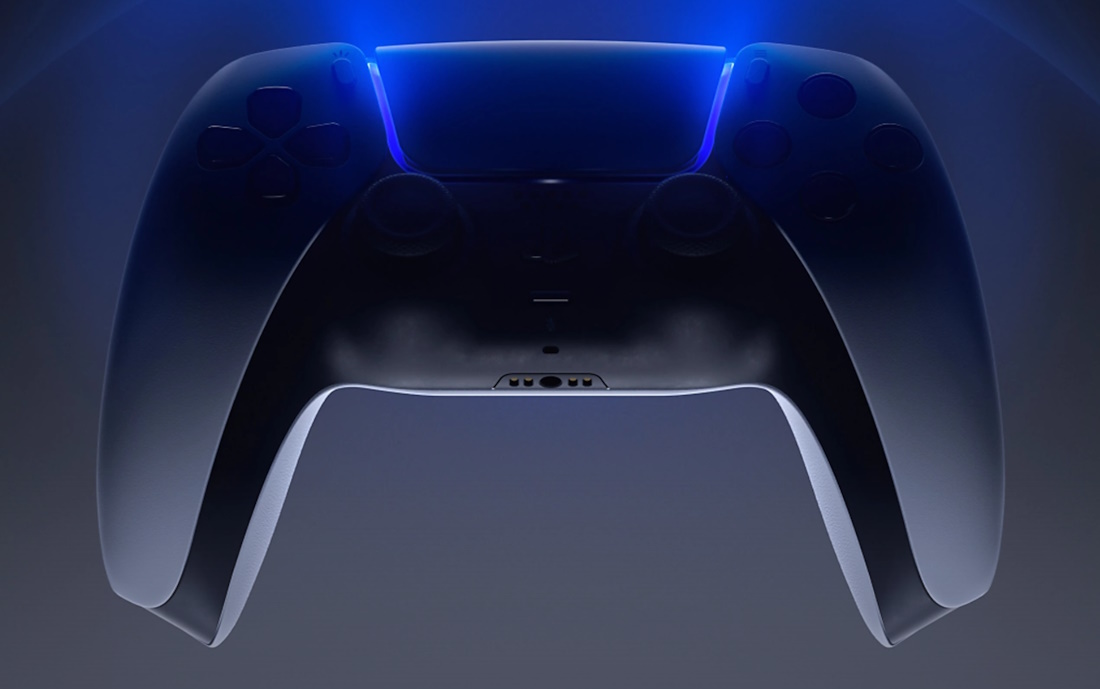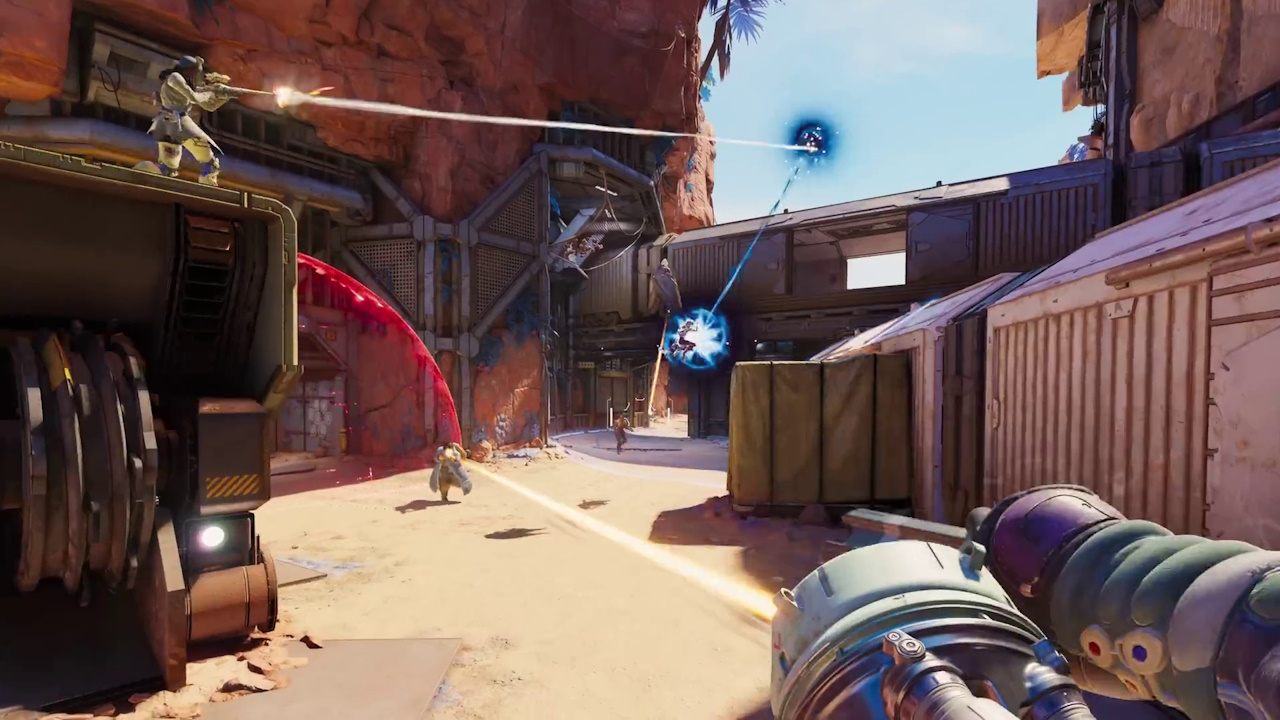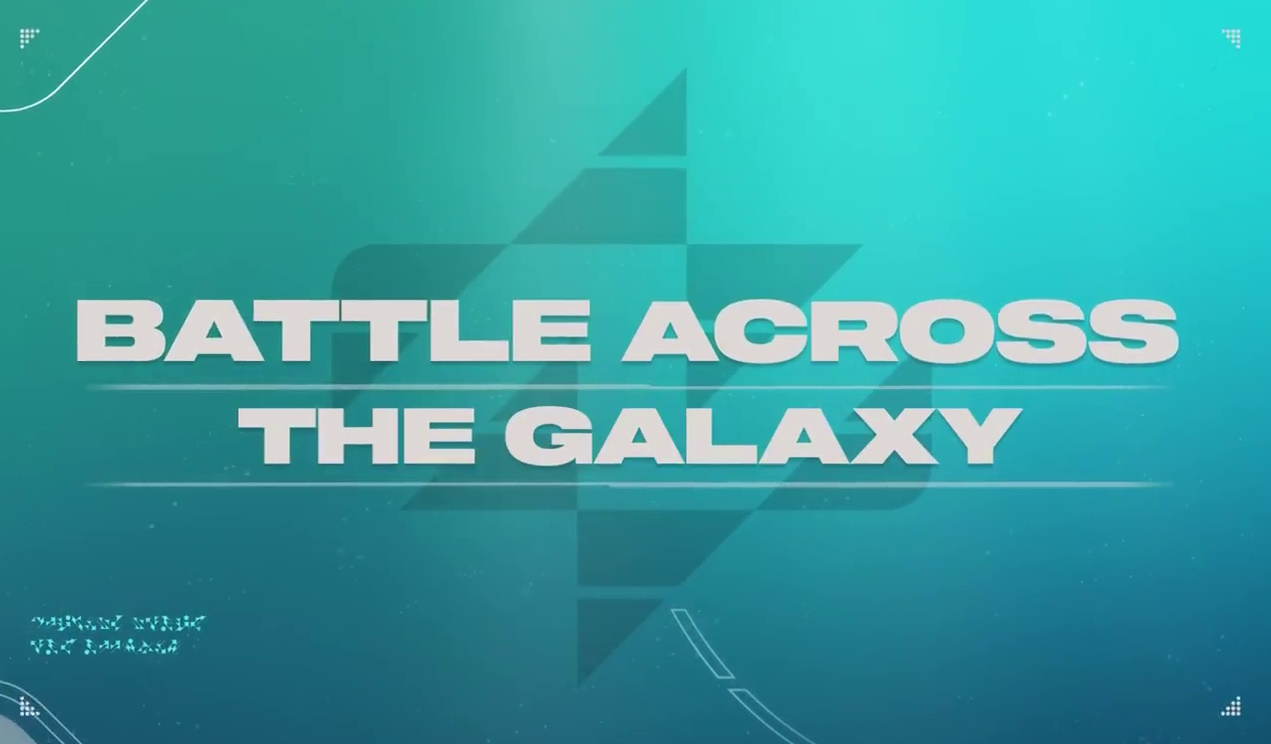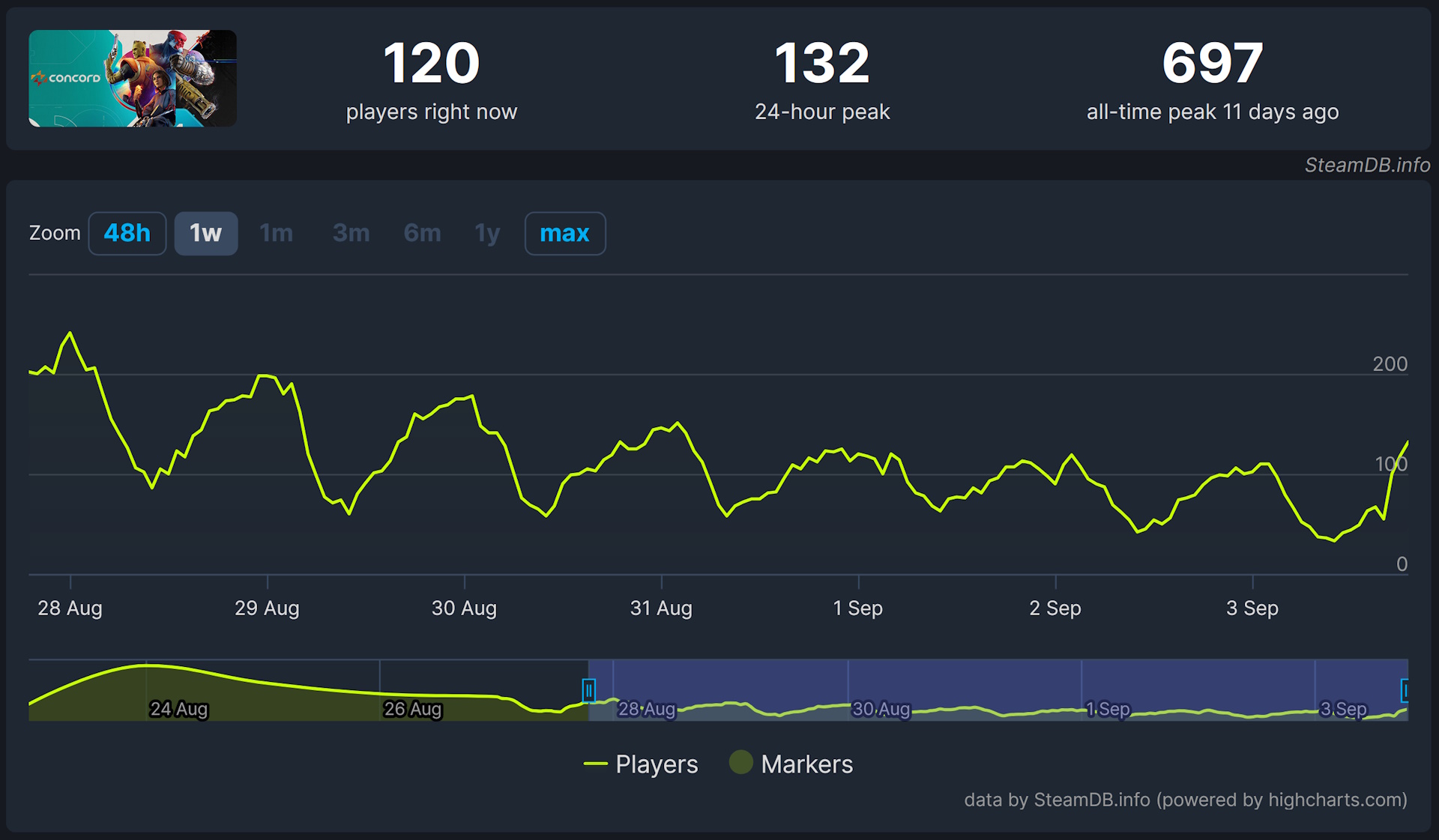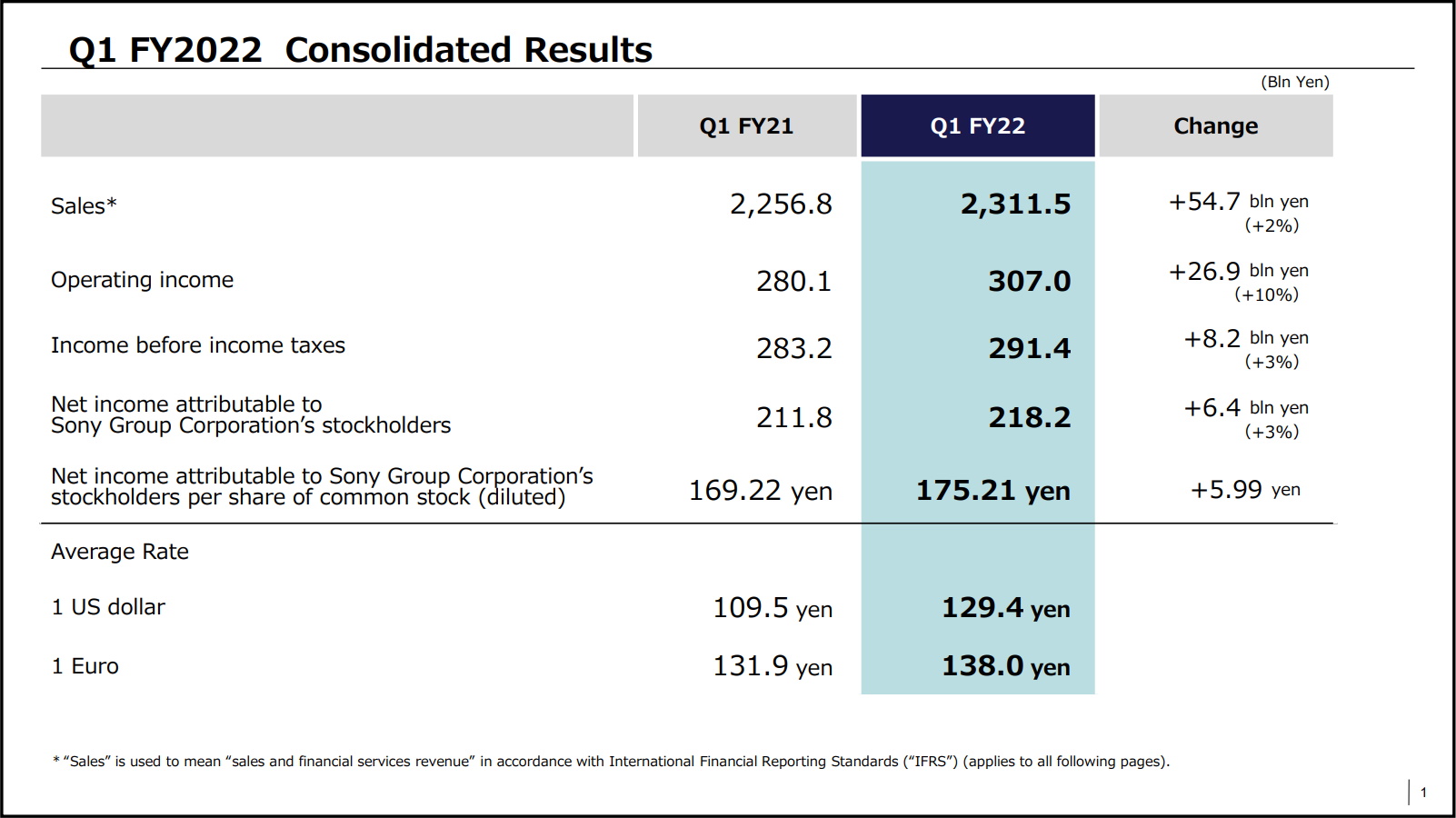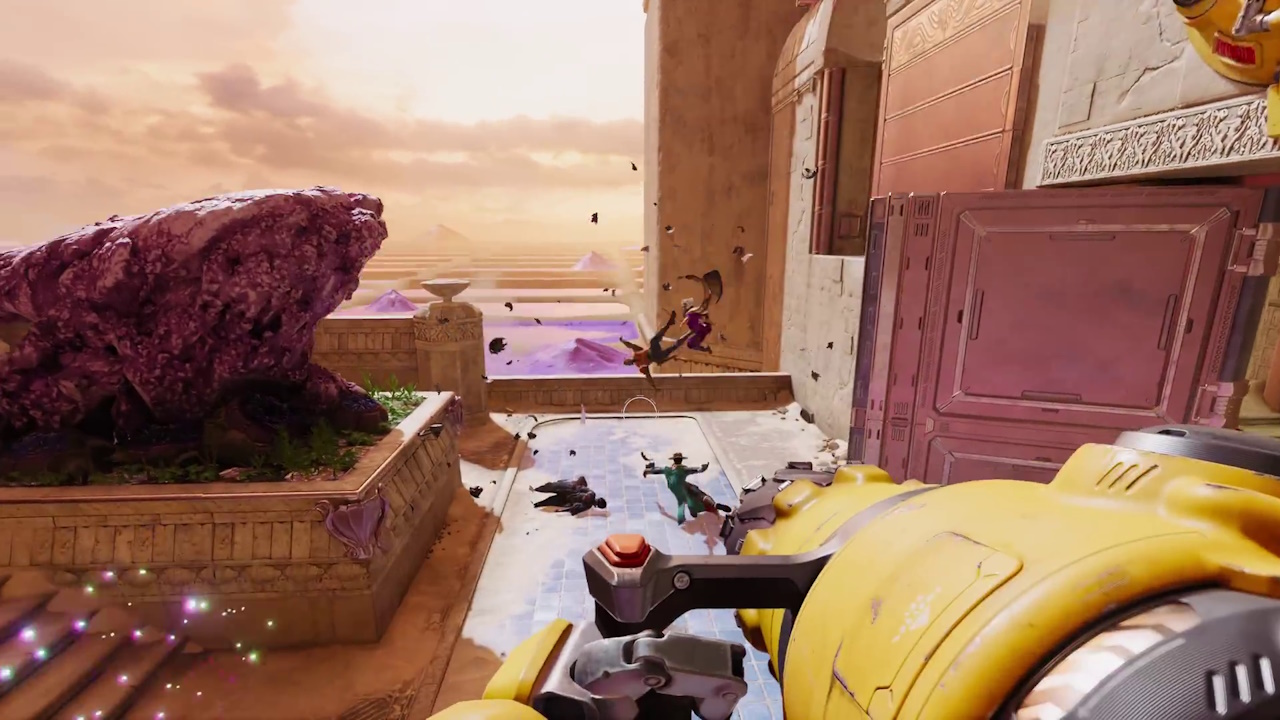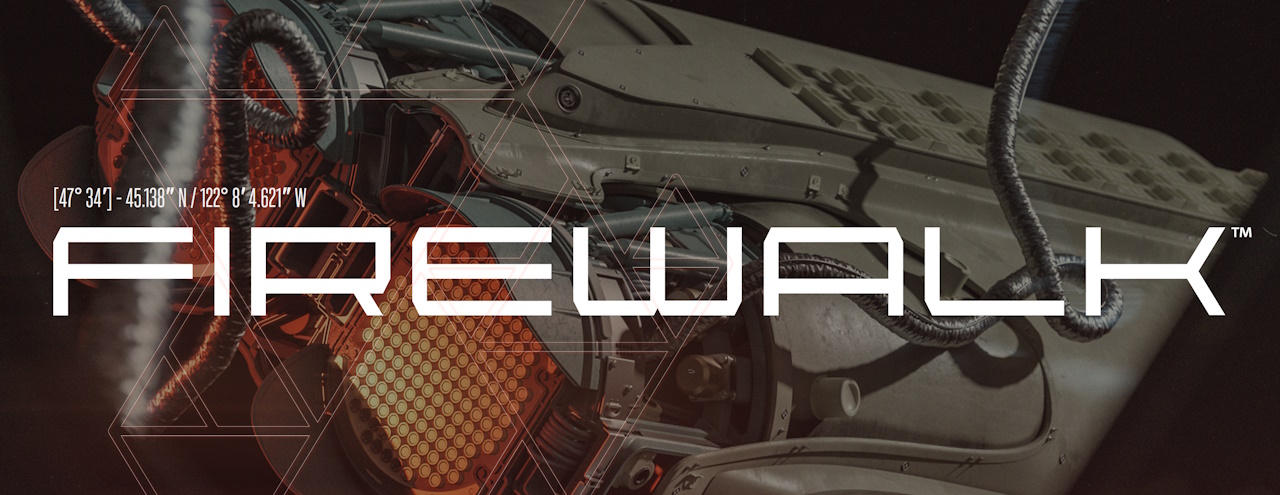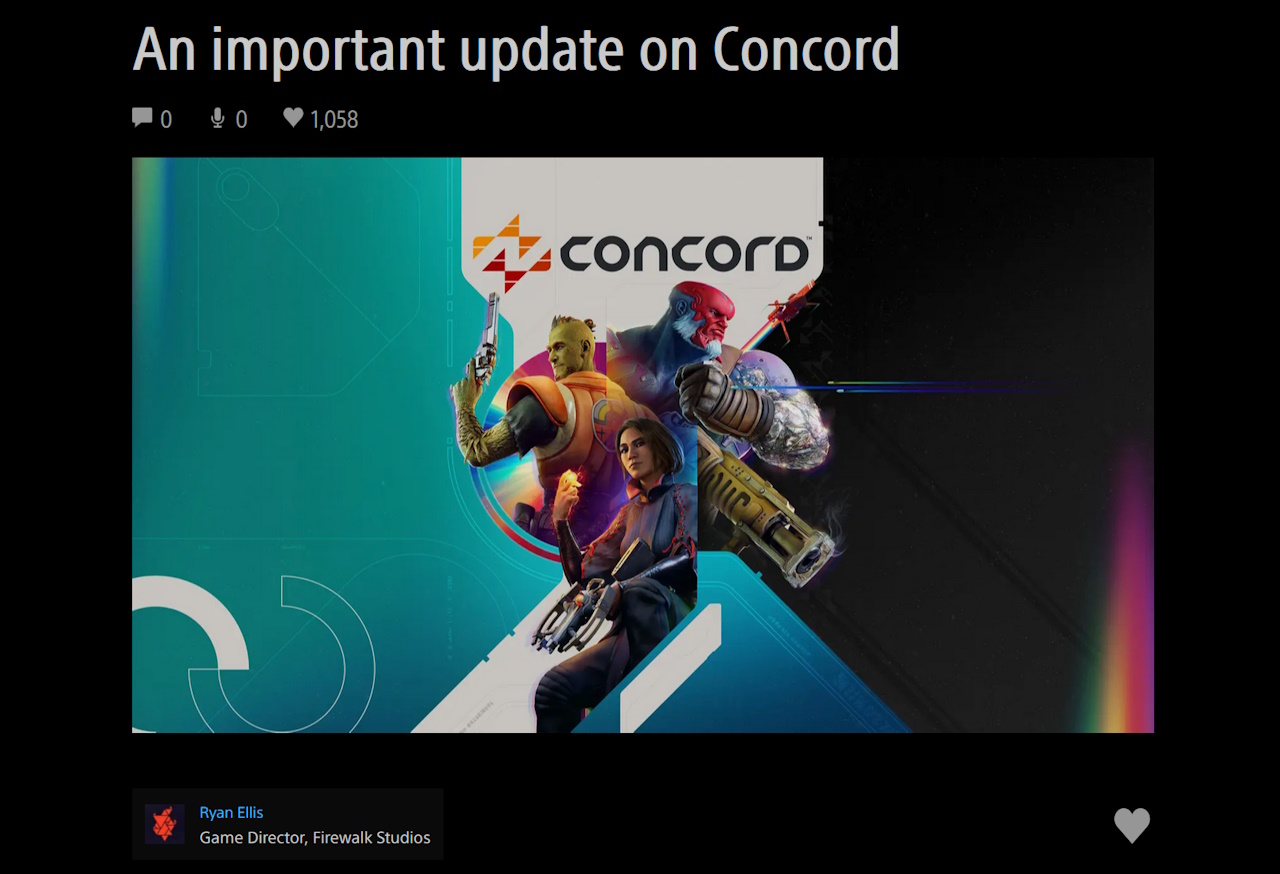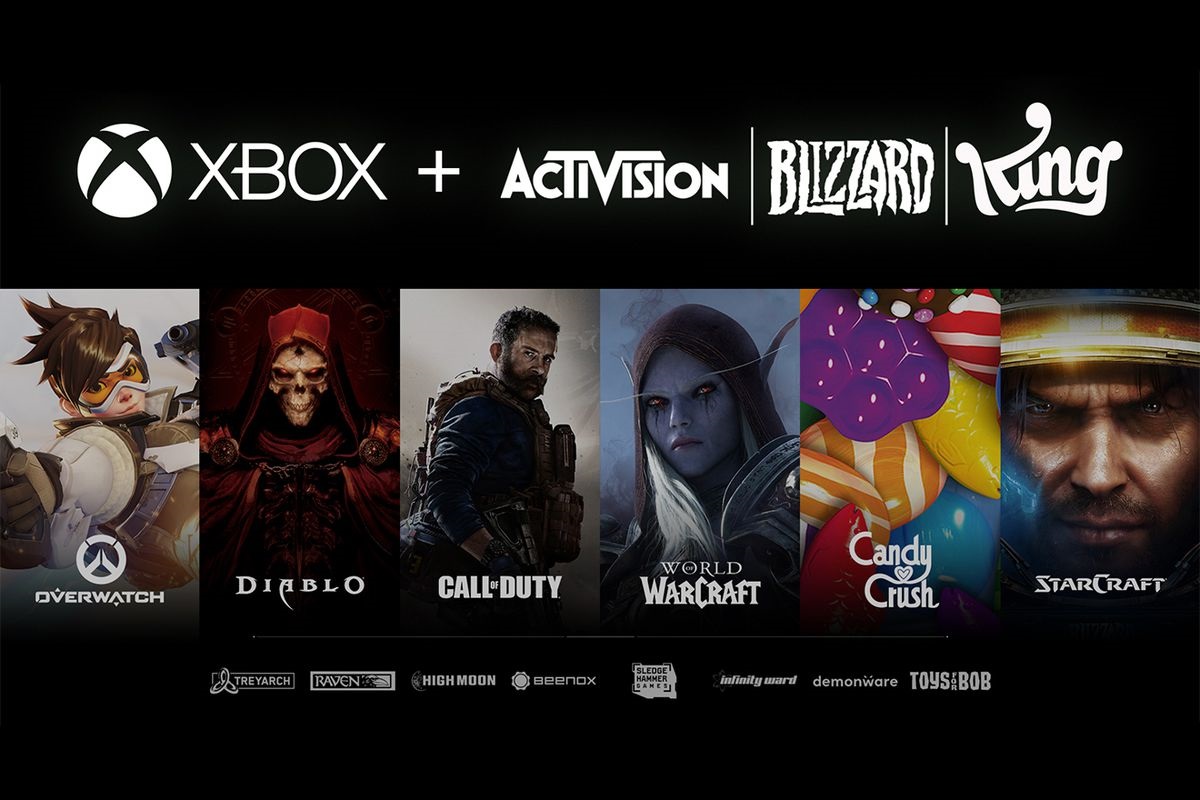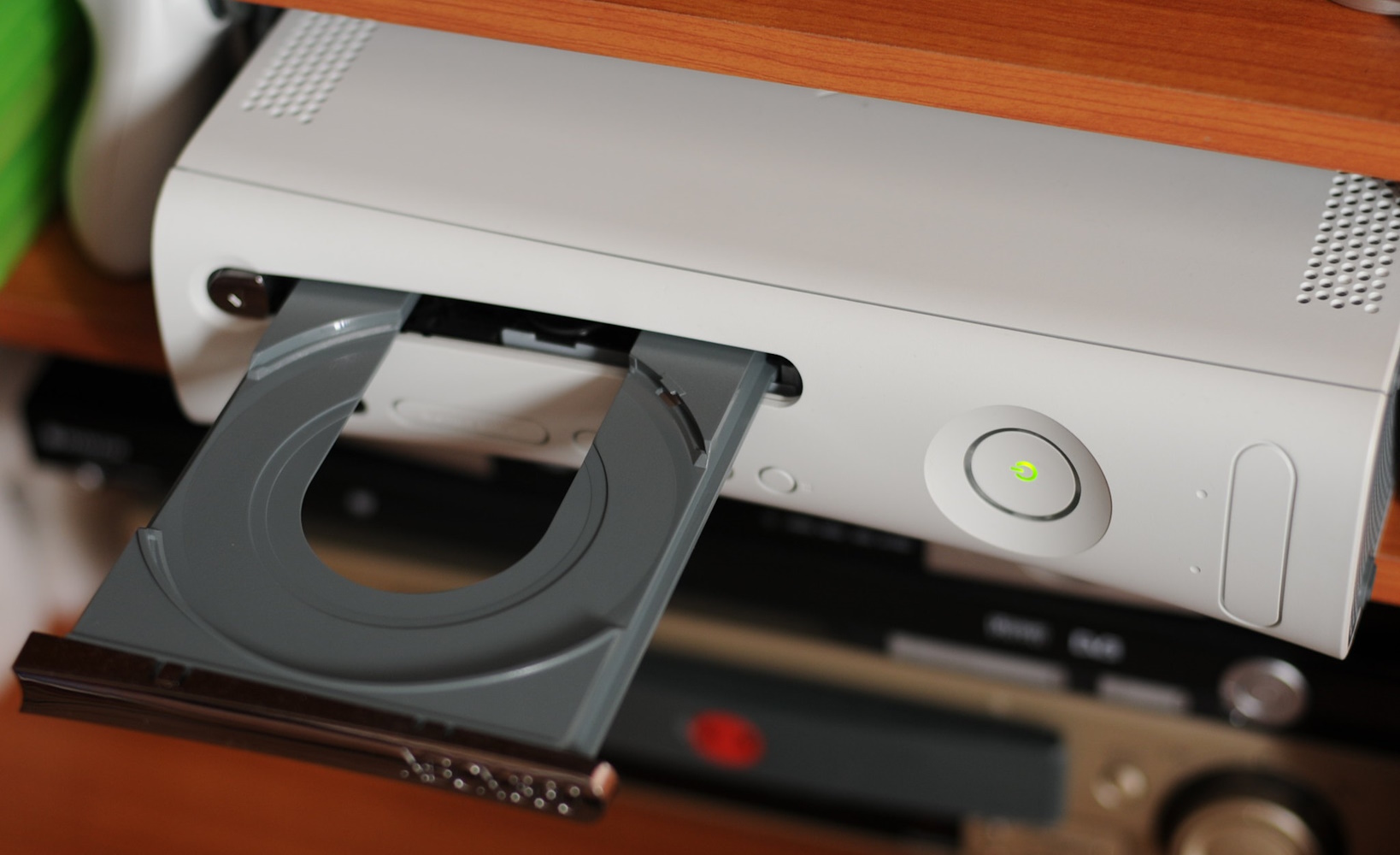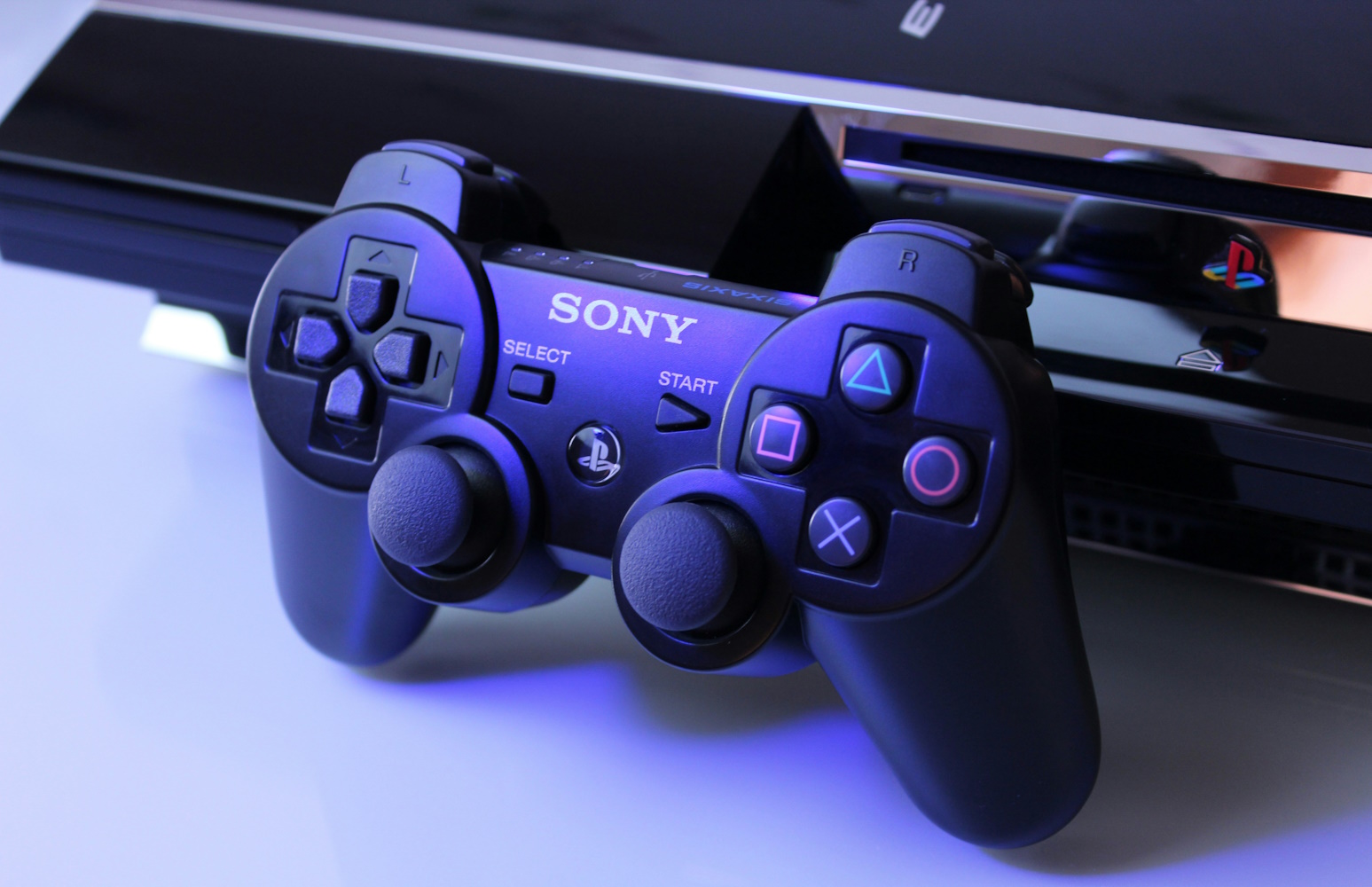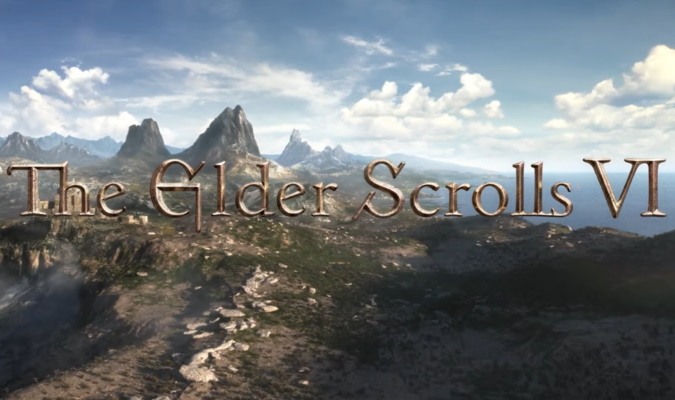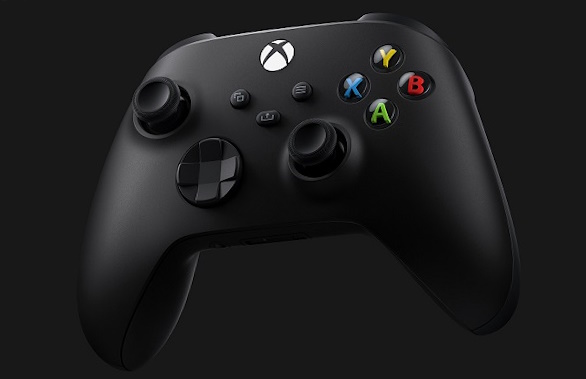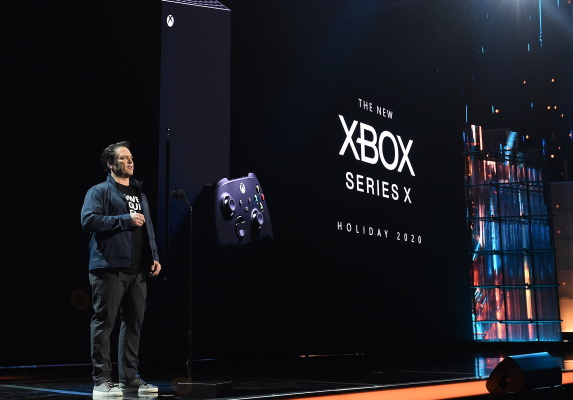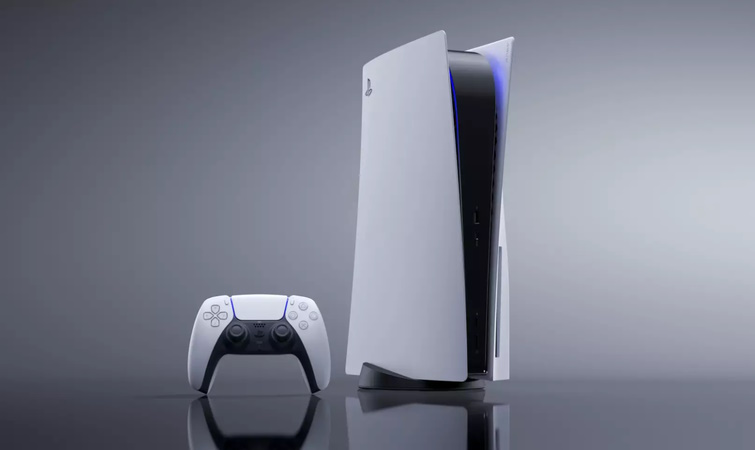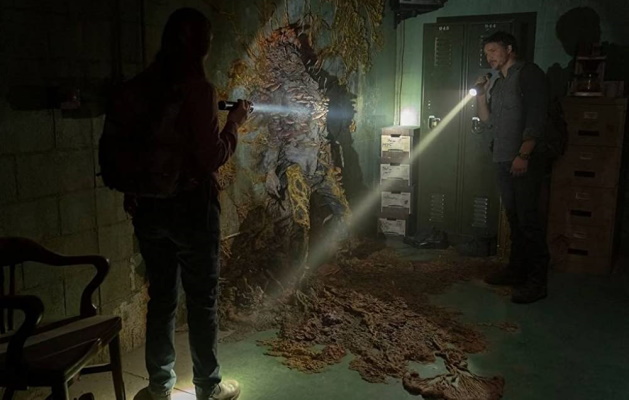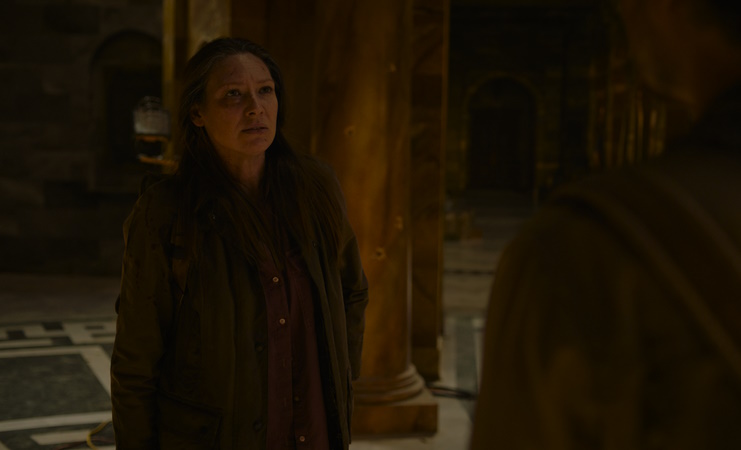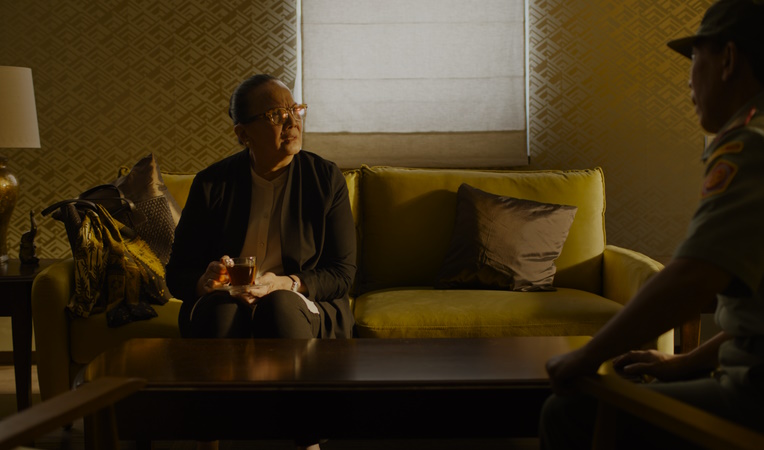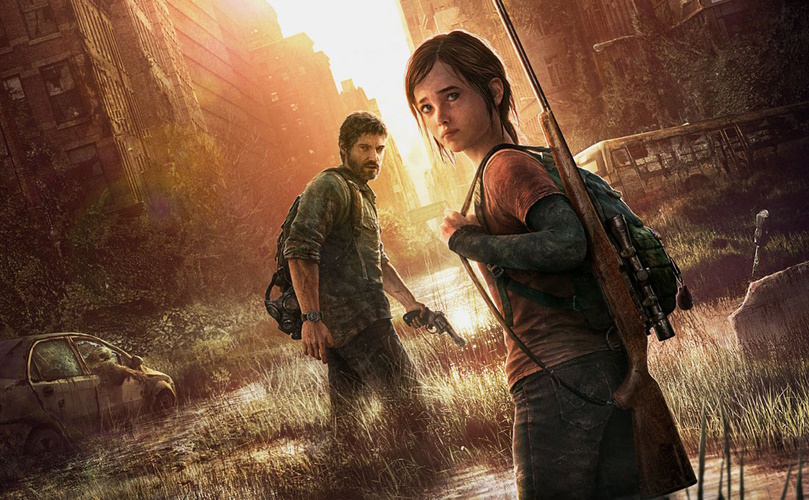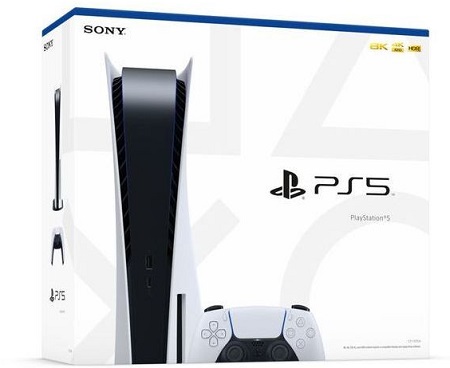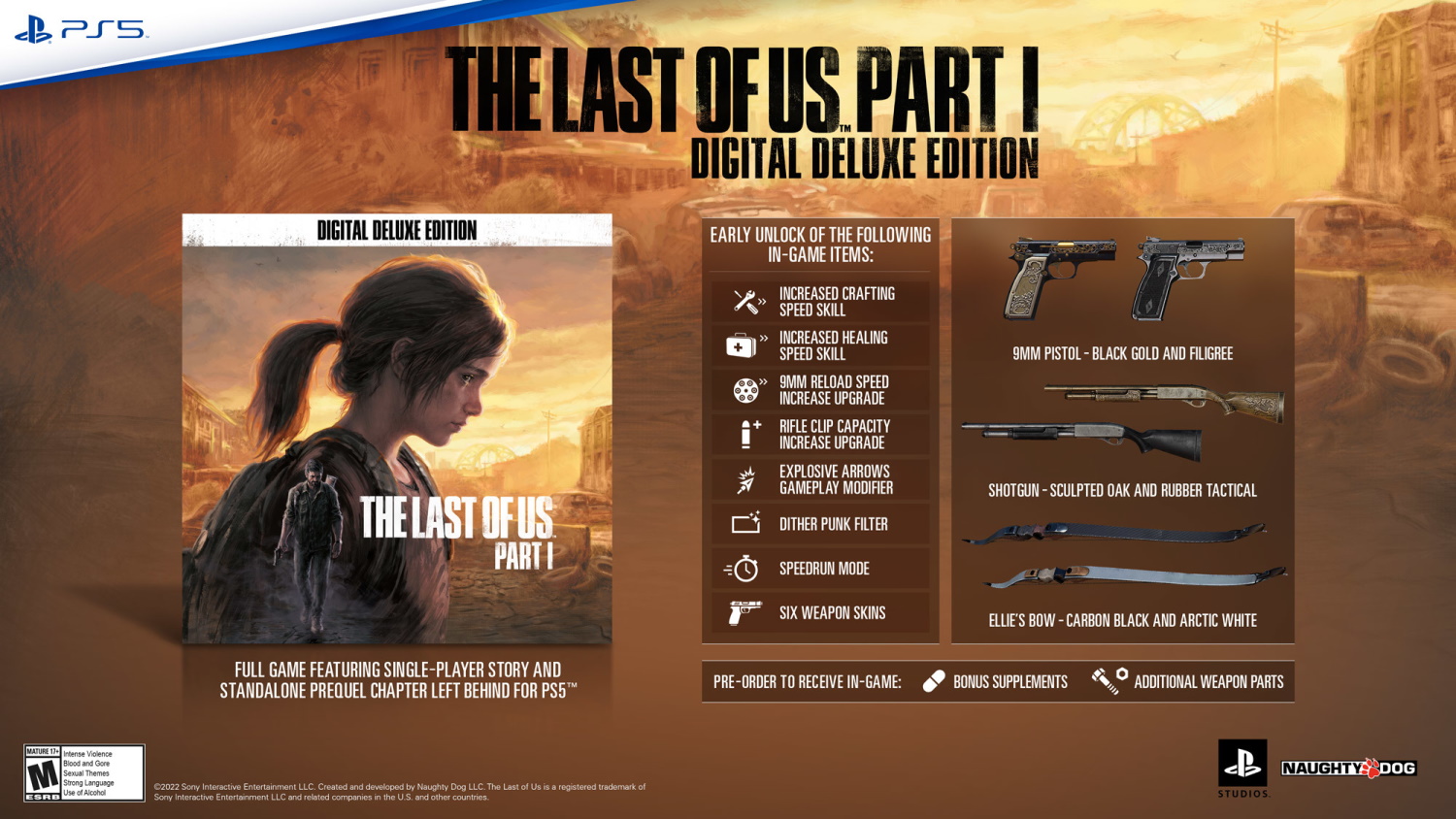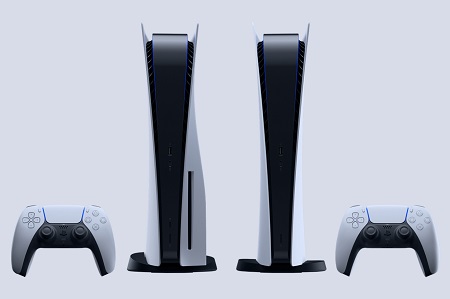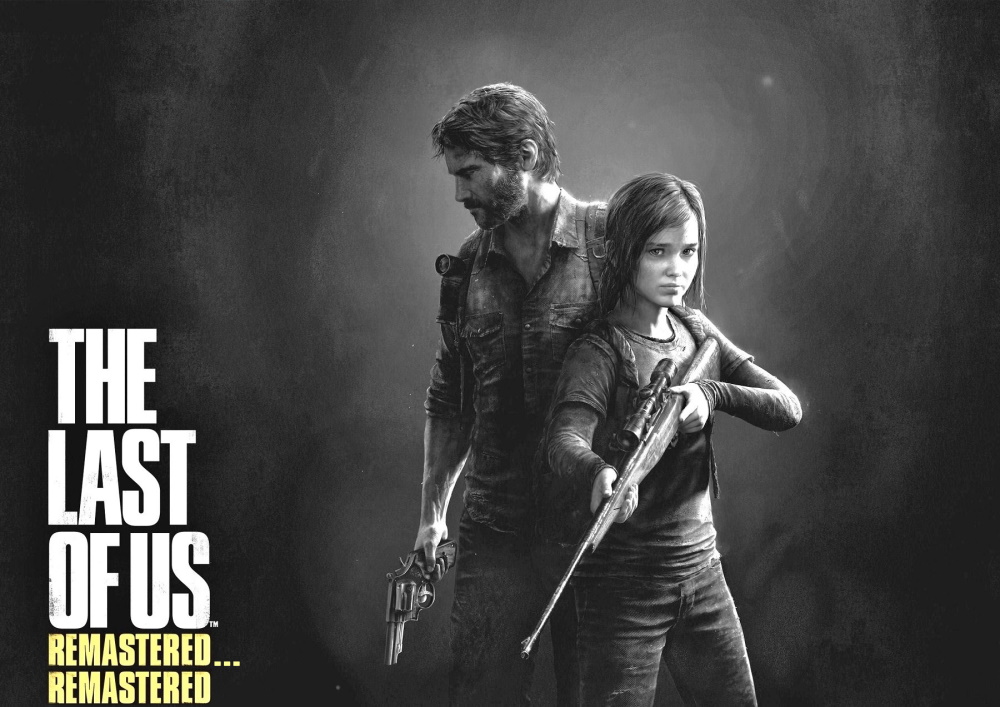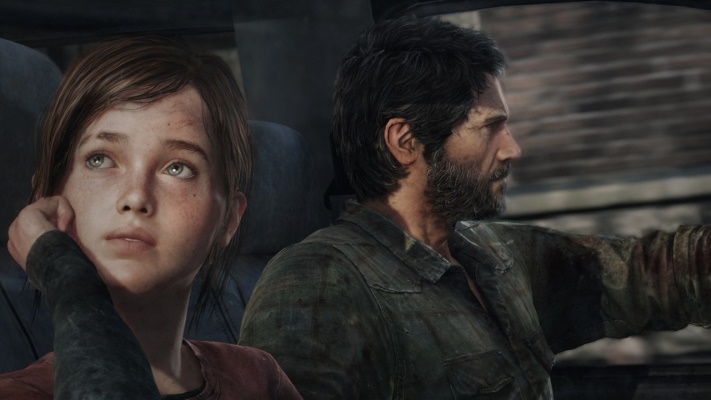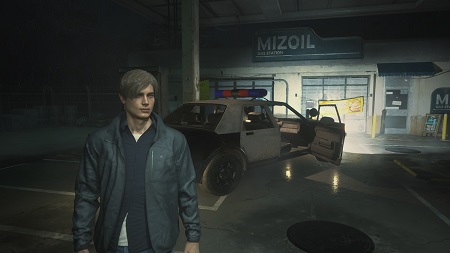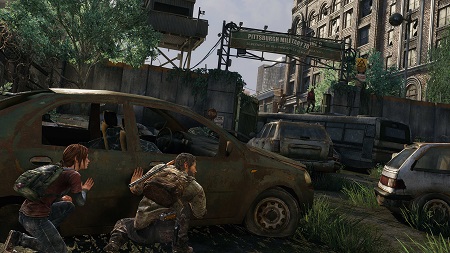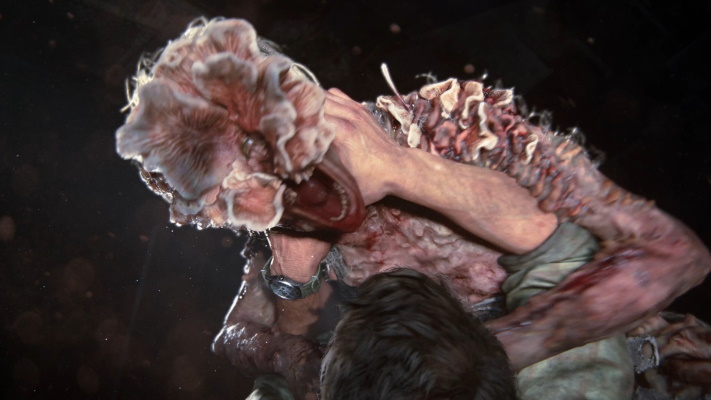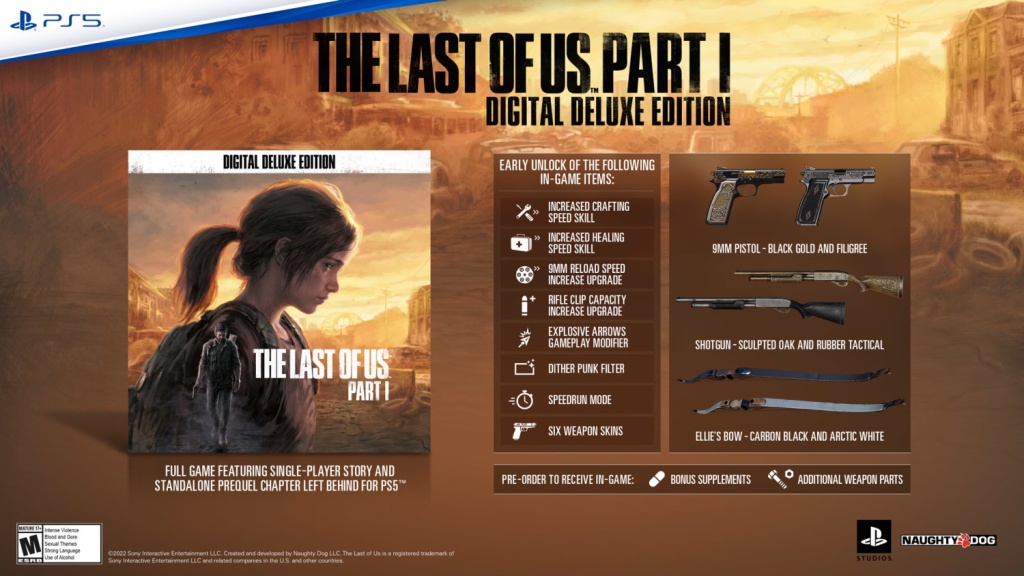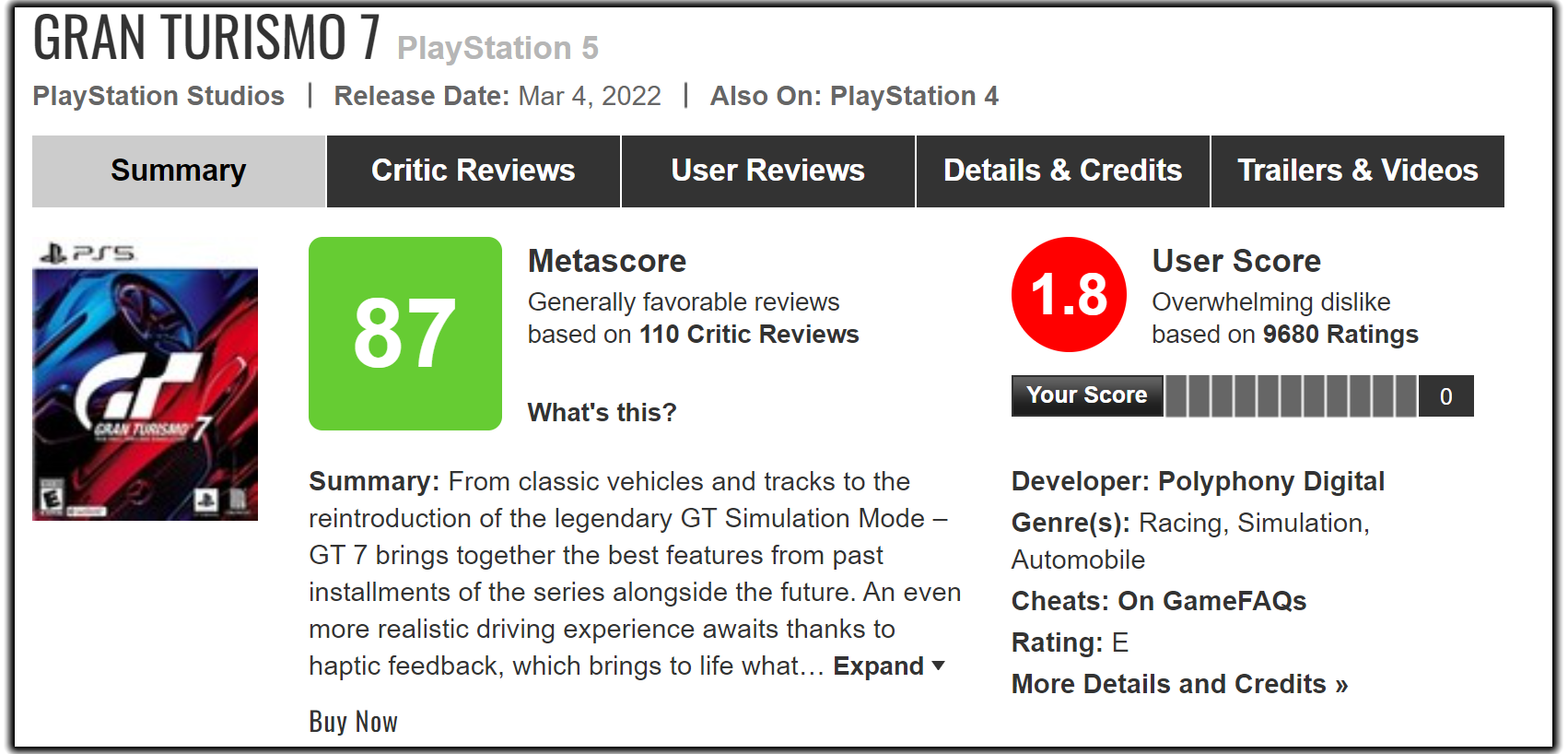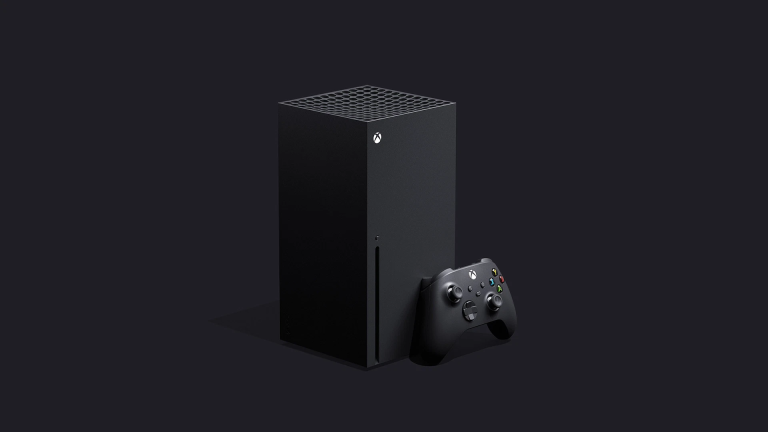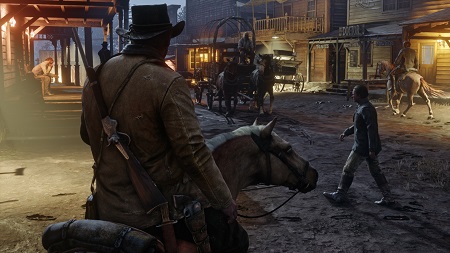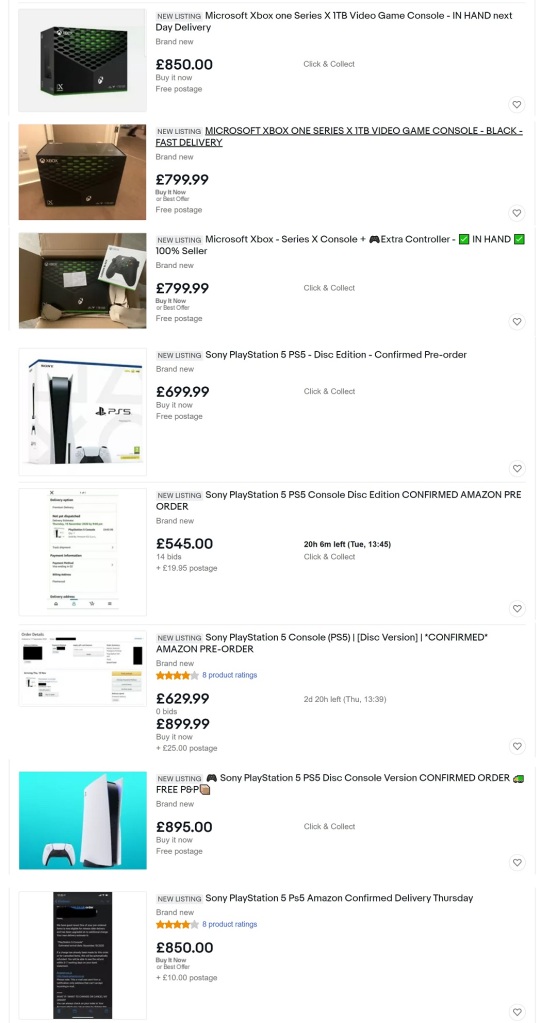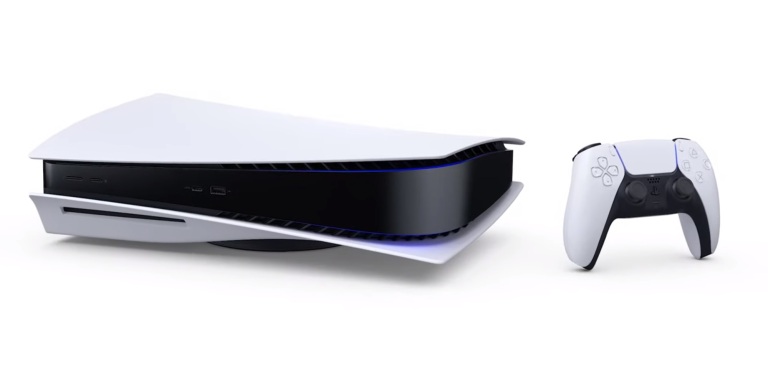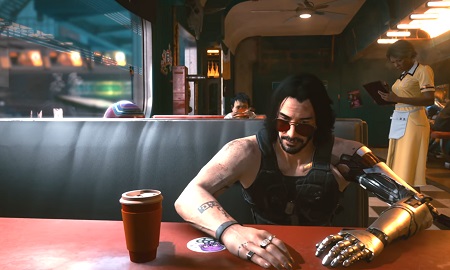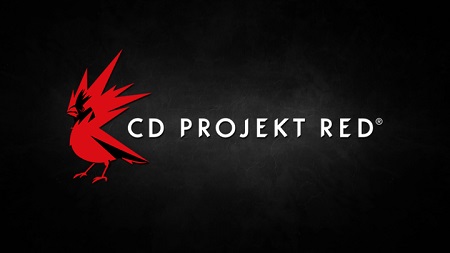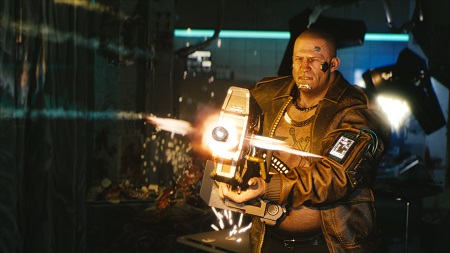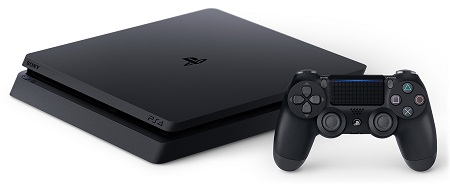I almost titled this piece Anthem: Just Cancel It, accidentally using the name of BioWare’s failed live service title… which I think is a reflection on how bland, generic, and forgettable Marathon is as the name of a video game. I’ll be honest: Marathon was never going to be my thing. I’m not interested in extraction shooters, competitive FPS titles, or really even online multiplayer in general. I didn’t play Bungie’s Destiny or Destiny 2 over the past ten-plus years, and in my humble opinion the company hasn’t really done anything halfway interesting since Halo Reach back in 2010. But the controversy swirling around Marathon has been inescapable over the past few days, so I felt compelled to share my thoughts on the upcoming game anyway.
Marathon should be cancelled. That’s the bottom line, and the reason is simple: right now, Marathon is on course for a Concord-esque failure, something which would surely condemn Bungie itself to the ignominious fate of being shut down. Although a lot of money has been invested in this game from Bungie, Sony, and elsewhere, it stands absolutely no chance of making its money back due to the controversies it’s embroiled in. Wasting more time on development is pointless; even a significant delay and total re-working of the game and its art assets won’t save Marathon now. If Sony and Bungie push ahead they’re just pissing away even more money. It’s time to cut your losses and try something else.
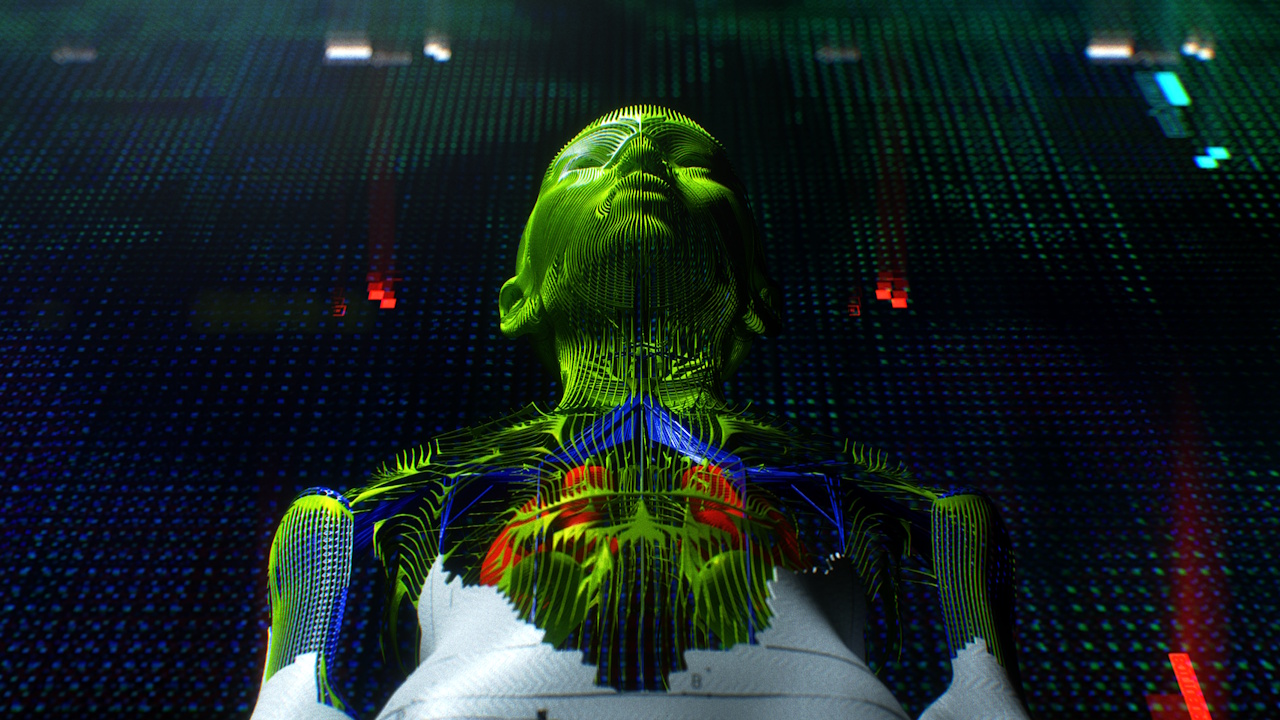
This didn’t start with stolen art, but the revelation that Bungie – or, according to the studio, an unnamed “ex-employee” – stole a significant number of pieces of artwork that “somehow” ended up in the game has completely ruined whatever reputation Marathon might’ve been able to garner after an unimpressive closed play-test. Given how integral many of these art assets are to the game – literally defining its visual style – even removing the blatant thievery won’t be enough.
Marathon employs a deliberate visual style. When I saw it, quite honestly I didn’t like it. The game looked unfinished to my eye, as if character models and environments were all using placeholder images, waiting for higher-quality finished assets to be implemented. If you’ve ever seen an early build of a video game, you might know what I’m talking about. Marathon just looked like an early alpha version… unfinished. But that’s kind of beside the point, because that was a deliberate choice on the part of the developers. Unfortunately, however, it turns out that that entire aesthetic was stolen without accreditation or reimbursement from an artist who was never employed by Bungie.
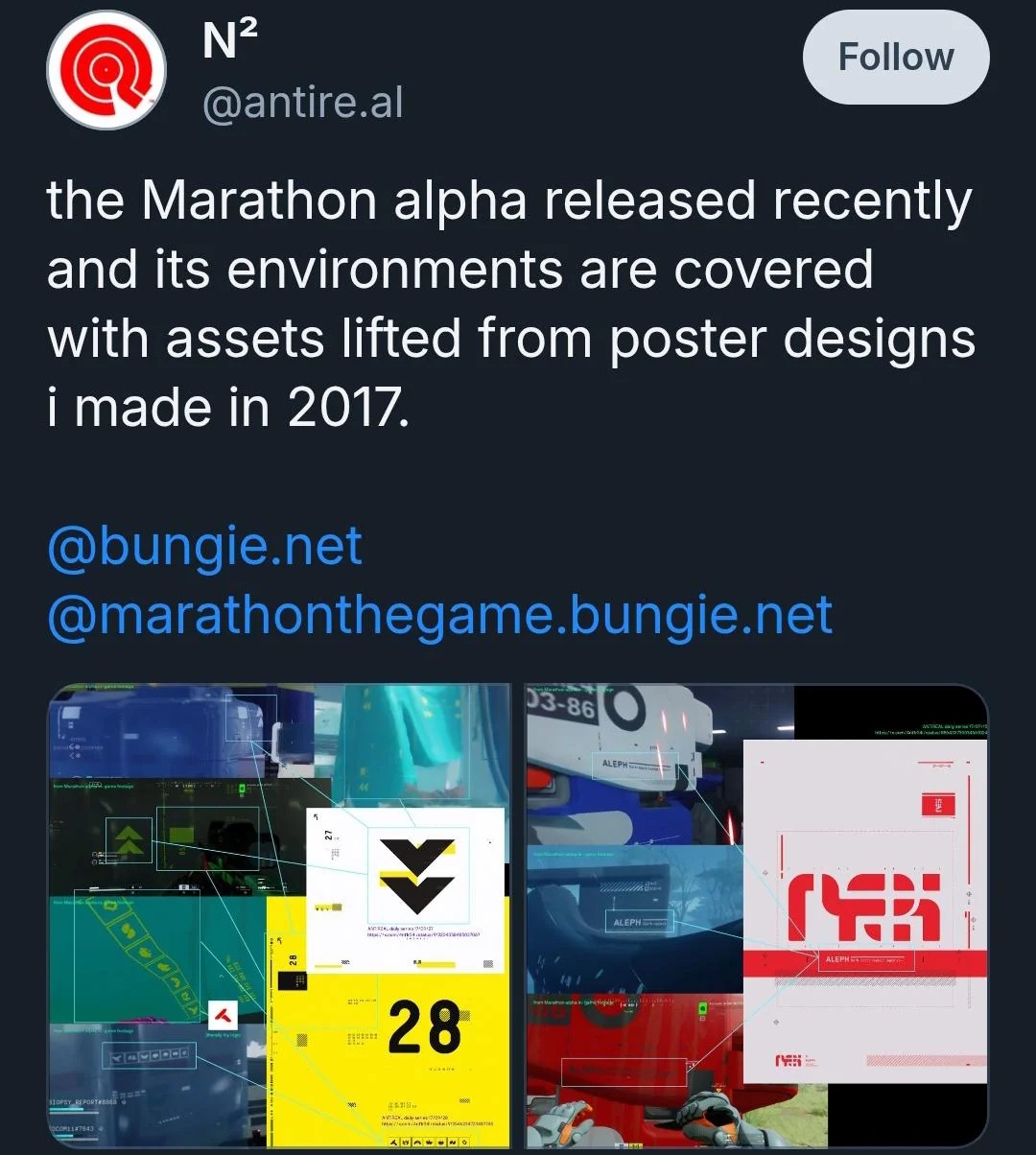
Like Concord last year, Marathon is arriving too late in a saturated market. Like Concord last year, Marathon is going to charge would-be players money up-front in a genre where the most popular titles are free-to-play. Like Concord last year, Marathon doesn’t have enough maps, characters, or basic features (like proximity chat) that other games in the genre have. And like Concord last year, Marathon has a generic and uninspired name, bog-standard gameplay, and really nothing special at all… other than its visual style.
I might not have been impressed with the way Marathon looks, but I can’t deny that the game’s aesthetic gives it something to help it stand out. In fact, it’s pretty much the only unique selling-point that Marathon could’ve reasonably been said to have. Art styles are a very subjective thing, but I can see a game that looks like Marathon finding an audience, or at least having its visuals as a key talking point at launch. That alone could bring in players… but now it’s ruined; soiled by Bungie’s incessant plagiarism.
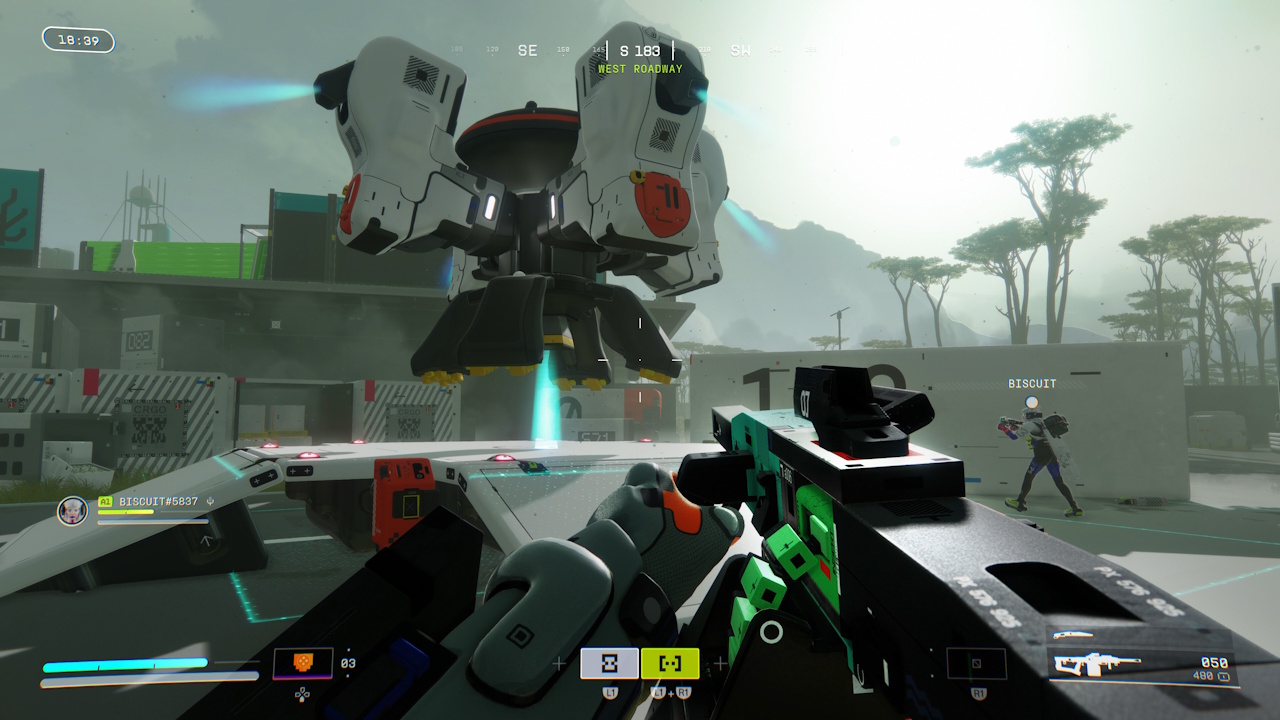
This has happened before. Bungie has plagiarised art assets in Destiny 2 not once but twice, and has admitted as much. The studio is also embroiled in a lawsuit at present over stealing written work; in this case the storyline to one of Destiny 2′s expansion packs. And when Bungie launched a Nerf gun as a merchandising tie-in for Destiny 2, it turned out that the studio had also stolen the artwork that they used for that product. Plagiarism has become a way of life for Bungie, it seems.
Earlier in 2025, some players got to get their hands on an early version of Marathon – and the reaction was pretty poor. Some praised the game’s art style – ironically, given the theft of assets that has since been revealed – but noted that the game itself needs more time in the oven. There aren’t enough levels, the game is missing basic features, and while gameplay isn’t bad per se, it still needs a lot of work to reach the bar that fans of the extraction shooter genre would expect from a premium title. Marathon was already in big trouble… so this plagiarism controversy should be its death knell.
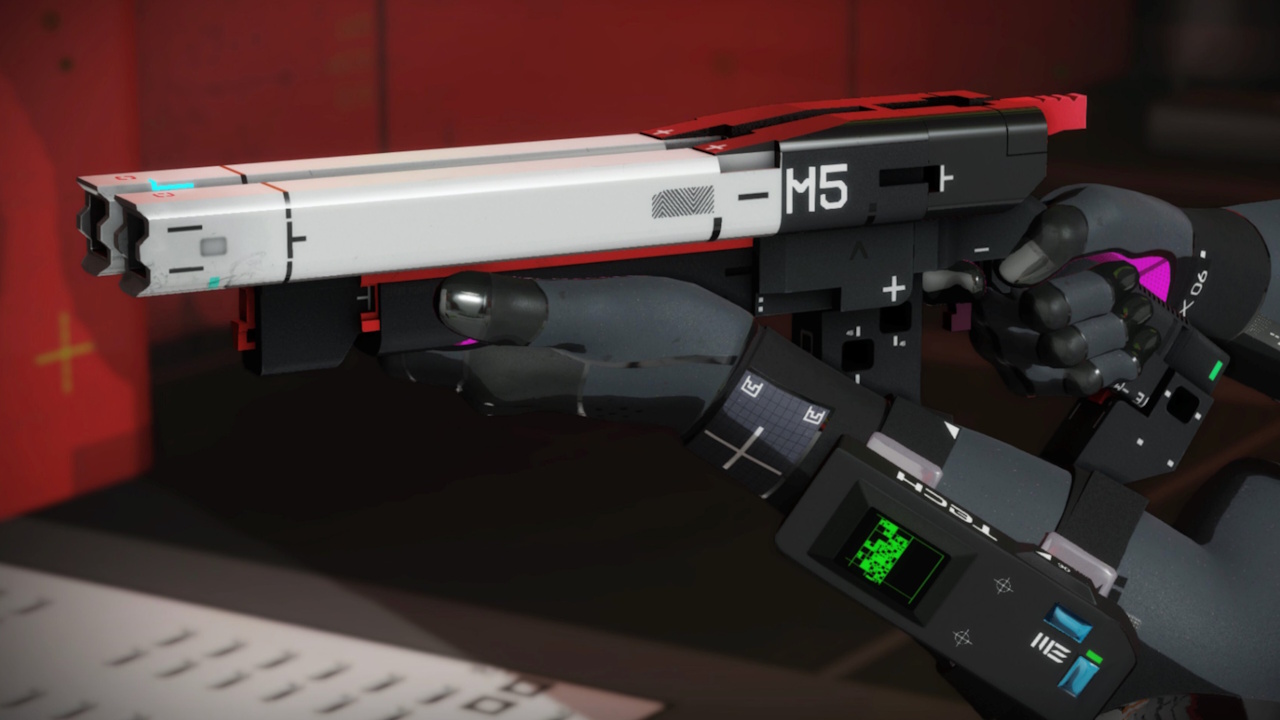
It can be difficult to admit defeat and recognise that something you’ve worked hard on isn’t going to achieve its objectives. I get that, believe me. But to be realistic, that’s where Marathon is. I don’t think a delay is going to be enough. I don’t think stripping out all of the stolen art is going to be enough. I don’t even think that reworking the game from the ground up is going to be enough. At this point, it’s time to strip the game down to its basic parts, see if any of it is salvageable, and if possible, bring those pieces over to another project. There are bound to be some things – like animation work, weapon designs, or tweaks to the game engine – that could be recycled into another game.
Last year, the writing was on the wall for Concord before it even launched. And in 2025 (or 2026 if Sony and Bungie insist on a delay) the same feels true of Marathon. And I would argue that Marathon was already doomed before it emerged that Bungie had, once again, used stolen art assets all over the game. But given how controversial this blatant plagiarism has become, any residual support Marathon might’ve been able to count on seems to have evaporated. I really don’t see any successful path forward for the game at this point.
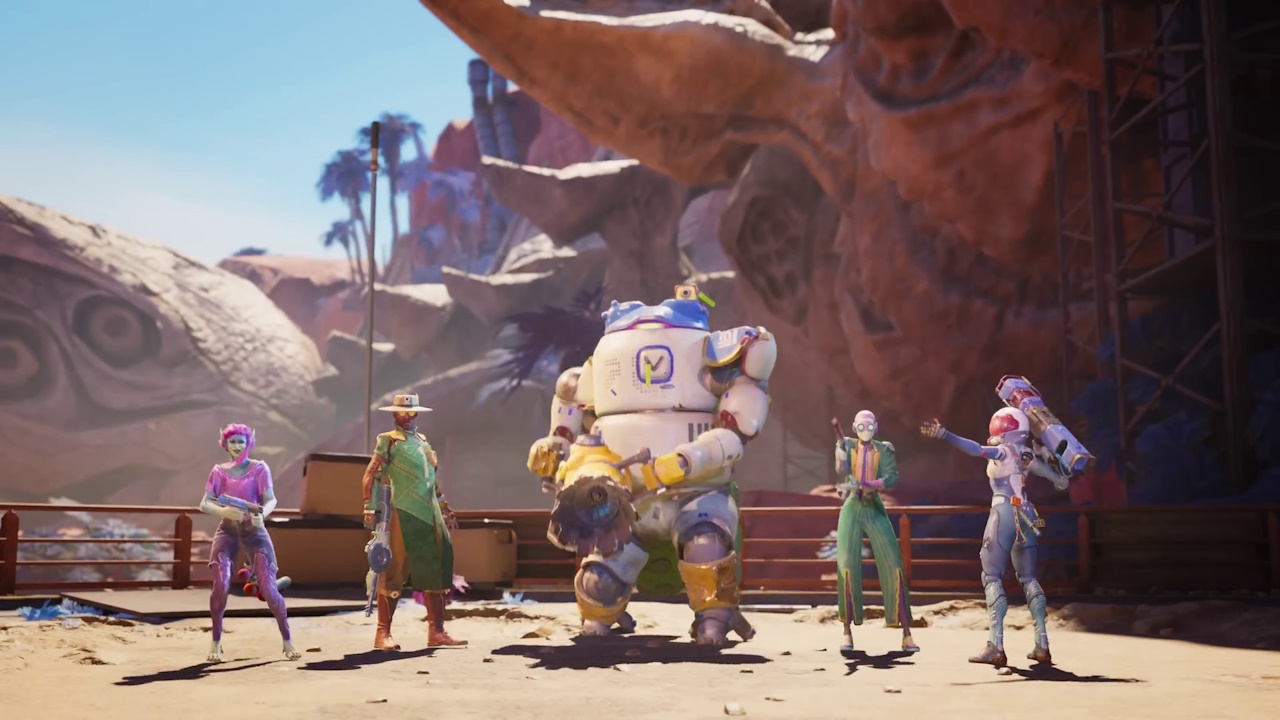
I’m glad that AntiReal (or 4nt1r34l), the artist whose work was shamelessly stolen, was able to draw attention to what happened. Big companies can often feel like they’re above the law; that “little guys” have no power over them so they can do whatever they like. Social media and internet activism have shown, at least in this case, that people can come together when a company misbehaves. And make no mistake: Bungie would not have acted nor made any public statement on the issue if it hadn’t gone viral and picked up attention online. They’d surely have tried to brush it under the carpet and ignore it.
So it’s time to cancel Marathon. The game had a bunch of other problems even before it emerged that its entire visual identity – basically the only thing it had going for it – was based on thievery and plagiarism. This really should be the final nail in its coffin. Pressing ahead and trying to rework the game ahead of a purported launch this autumn won’t lead to any kind of success, so it’s better for Bungie and Sony to cut their (significant) losses and cancel the game. Unless they’re hoping to break Concord’s record as PlayStation’s biggest-ever failure.
At time of writing, Marathon is targeting a September 2025 release date. Marathon is the copyright of Sony and Bungie (or at least, the non-plagiarised parts are). Concord is the copyright of Firewalk Studios and Sony. Some images, screenshots, and promo artwork courtesy of Bungie and/or IGDB. This article contains the thoughts and opinions of one person only and is not intended to cause any offence.




